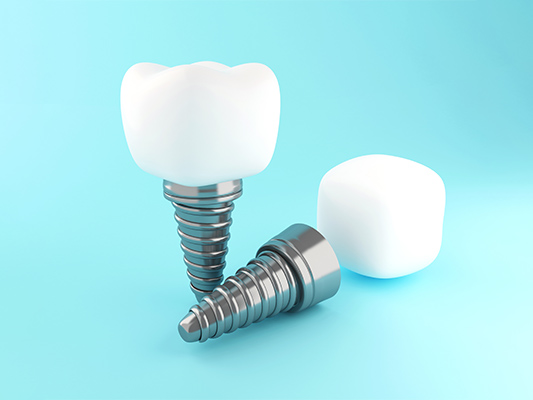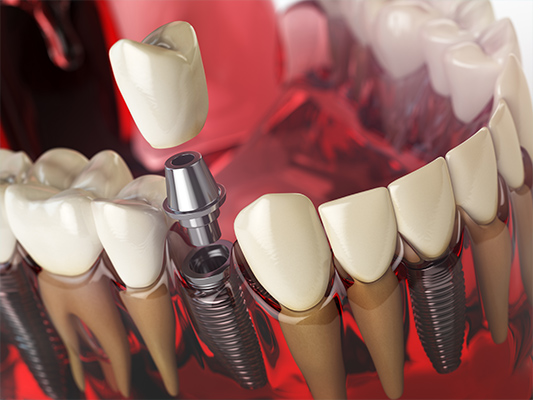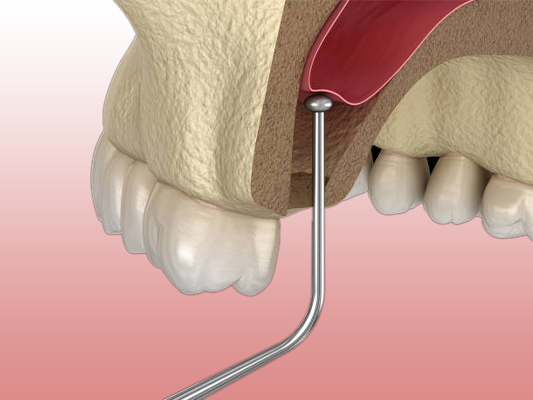Post Treatment Guide
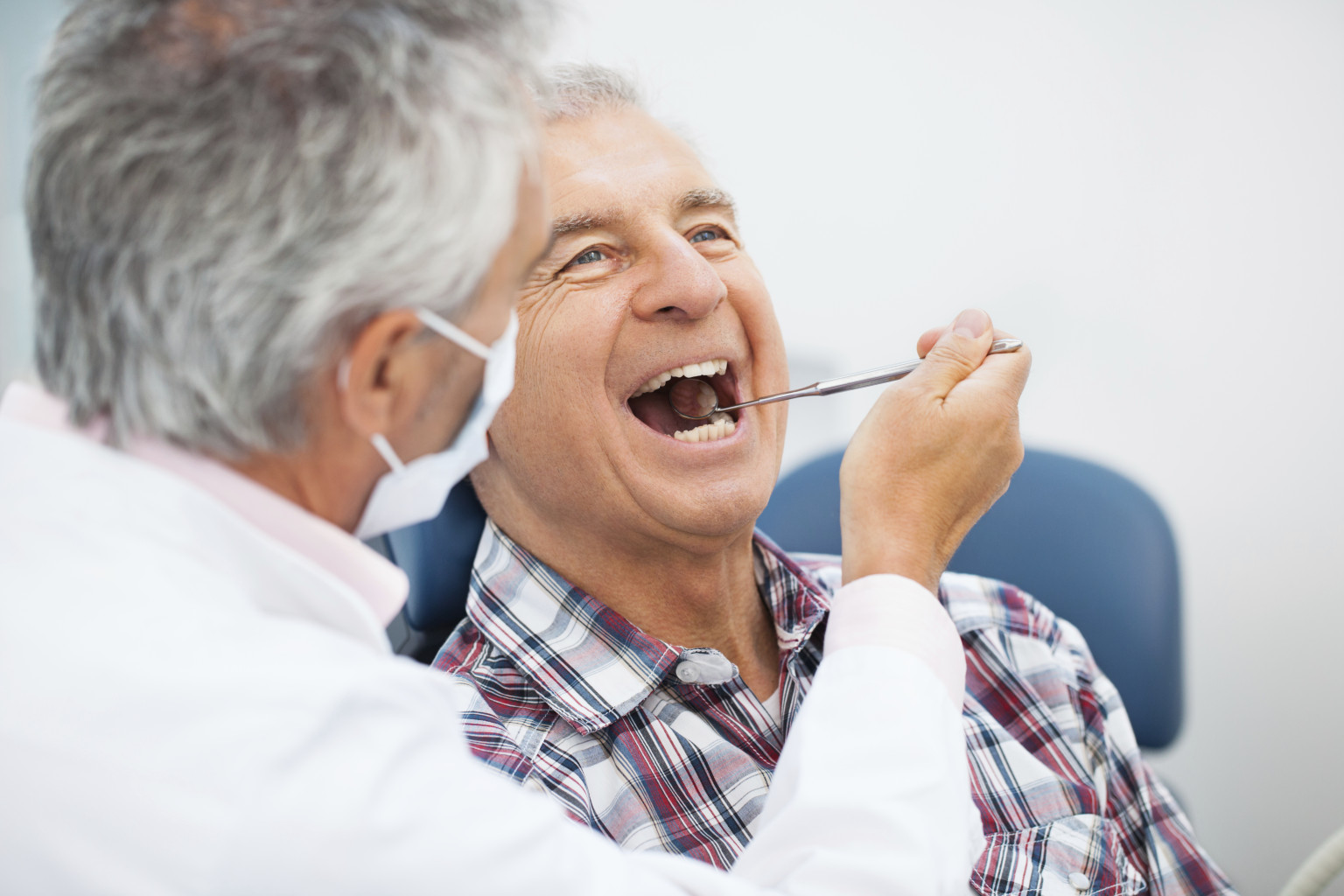
Guidelines for Aftercare of Your Mouth
Take care to only have cold drinks and do not eat until the local anaesthetic has worn off. Avoid hot drinks or hot food for the first day and do not ‘swill’ liquid over the area. Try not to disturb the area with your tongue or fingers. Do not undertake strenuous exercise for the first 48 hours (running / gym).
You may have some swelling and/or bruising following your treatment – this usually reaches a peak 2 to 3 days later. This is quite normal, and both will subside naturally after a few days. Swelling can be reduced with ice packs (or a bag of frozen peas) wrapped in a towel. Hold on the cheek area for a maximum of 10 minutes at a time with 20 minutes break. After 24 hours gentle heat is more beneficial. Sleeping propped up slightly on 2-3 pillows may also help.
Pain should not be a big problem. Although you may be sore for a few days after any surgery in your mouth, this can be easily managed with simple analgesics (pain killers). You should take these regularly at the maximum stated dose for the first 2 days after your surgery. Take whatever painkillers you normally take for headaches, aches, and sprains (ibuprofen and paracetamol make a good combination) and take your first dose before the local an aesthetic has completely worn off.
If after a few days you experience increasing pain and swelling, you must return to The Implant Centre as soon as possible so that we can ensure you are not beginning to develop an infection.
If you have a denture that covers the surgical area, please wear it as little as possible for the first week to protect the surgical site during its initial healing period. You should always leave the denture out at night.
The stitches are dissolvable but often remain for around 2-3 weeks, if they are uncomfortable or annoying, you may contact us to remove them.
Some minor bleeding after surgery in the mouth is normal. If this persists, apply pressure by biting firmly down over the area on a dampened gauze swab or clean handkerchief for 60 minutes whilst sitting upright. Do not keep checking or changing the gauze. You should contact us if bleeding persists for any reason after applying pressure in this way.
If you have been given a course of antibiotics to take after your surgery, please ensure that you complete the course.
Cleaning
Successful oral surgery depends on keeping the mouth as clean as possible.
Please start to use the mouthwash you have been given on the evening of your surgery and continue for 1 week. This is very important. You should gently bathe the surgical site by holding approximately 15ml over the site (the equivalent of half a cap-full) for at least 1 minute, 3 times a day, for 7 days.
You should also start cleaning your other teeth as normal with a toothbrush, starting on the evening of your surgery. Avoid brushing the surgical site for the first few days, but then begin to carefully clean this area with a toothbrush as well, once tenderness permits.
Hot salt mouthwashes (a cup of hot water with a teaspoon of salt) are very beneficial for healing in the first week but taste awful. Ensure that the mouthwash is not so hot that it scalds and then hold the hot mouthwash over the surgical site until it cools. Repeat as often as possible.
Try to keep food away from the surgical area for as long as possible. Rinse following eating to keep the area clean.
You are advised not to smoke until the wound has healed as this severely limits healing in the mouth.
We want your recovery to be as smooth and pleasant as possible. It is vital to follow these instructions very carefully – if you have any concerns or questions regarding your progress, please do not hesitate to contact us. An out of hours contact number is always available on our answer phone.
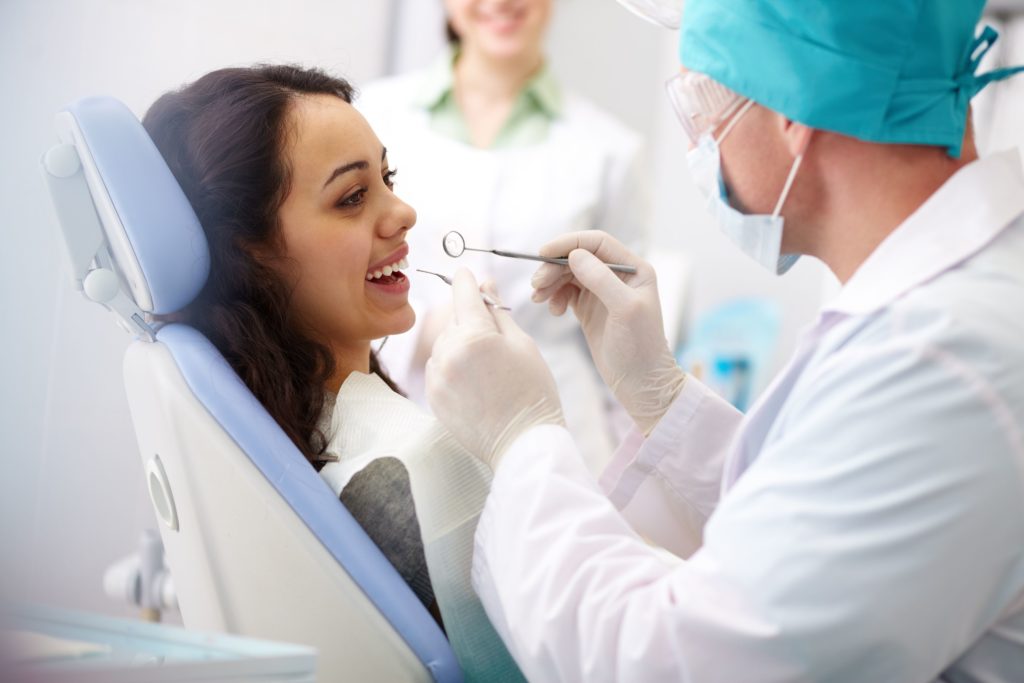
Our Treatments
Tooth in a Day
If you suffer from gum disease, a few missing teeth or no teeth at all, then Teeth in a Day implant treatment may be the right choice for you. New advancements in dental implants have reached…
Single Implant
In most cases the treatment is very quick, (usually taking less time in the chair than a crown or root treatment), is virtually pain-free, and the recovery is normally simple and straightforward.
Multiple Implants
If you are missing a number of adjacent teeth they may either be replaced with individual implants (one for each missing tooth), or by joining two or more implants together.
Rehabilitation Implants
We can transform people from having no teeth, or a set of failing teeth, to a fixed set of replacement teeth on implants. Could anything be more life-changing or offer greater value for money?
Sinus Lift
A sinus lift is needed if there is insufficient bone in the area of the upper premolars or molars for dental implant placement. Dental implants needed a minimum depth and width of bone in order to be placed for long term function.

